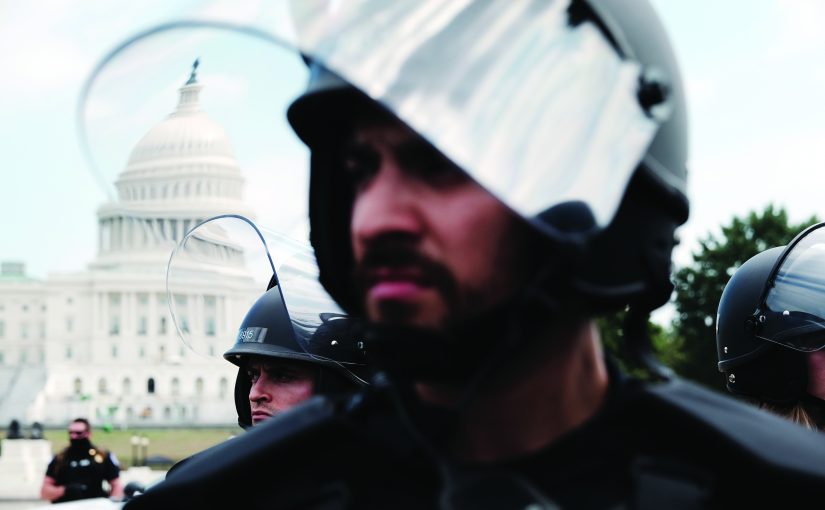Interdicting and Investigating Political Violence
OSINT and Digital Forensics Are Paramount

Examining the psychology of violence in today’s political landscape not only is inherently complex, but it also invites scrutiny. If one analyzes specific events or references incidents as examples, any perceived lack of impartiality can result in accusations of bias or even conspiracy. This challenge arises from the polarized nature of modern politics. The dilemma isn’t new; it was first noted by political activist Emma Goldman as early as 1917.
It is a paradox of democratic systems of government that citizens are granted the right to criticize and protest against the same government that upholds their ability to do so. This tension underscores the complexities of participatory governance models, where individuals not only select their leaders but also implicitly declare their stance on key issues via voting. This process, while intended to ensure equity, can also foster division, as stark differences of opinion transform neighbors into adversaries or even perceived threats to the preferred social order of those with alternative beliefs. When political opposition becomes heated, particularly when the legitimacy of democratic processes or government institutions are called into question, the potential for political violence looms.


